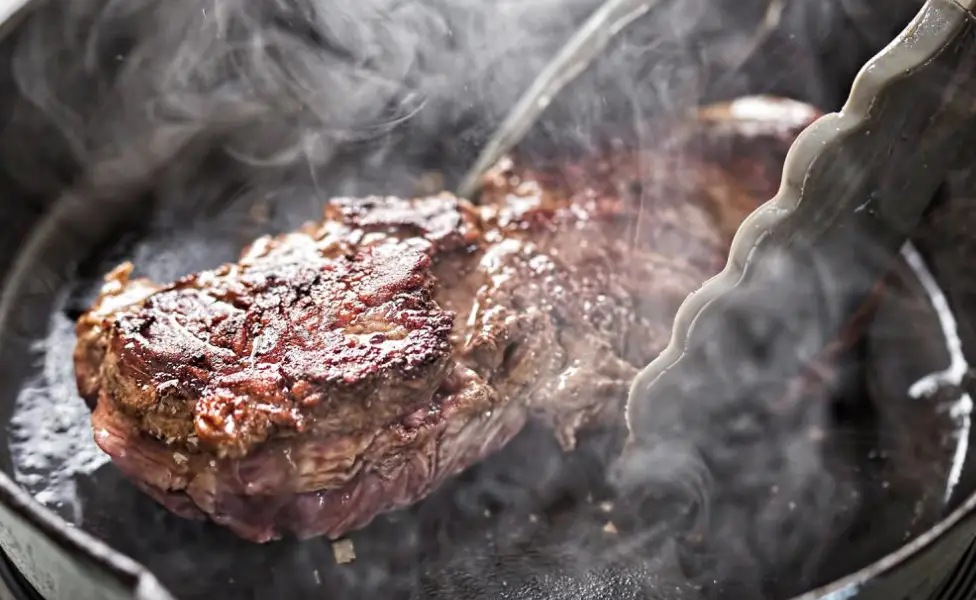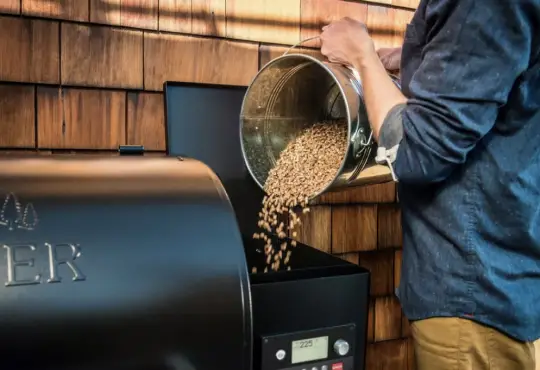
Unlocking Culinary Magic: Mastering the Reverse Sear Technique for Perfectly Cooked Meats
Cooking a mouthwatering, perfectly seared steak or a succulent roast can be a culinary triumph that leaves a lasting impression on your taste buds. Achieving the ideal doneness and an irresistibly caramelized crust may seem like the work of a seasoned chef, but with the reverse sear technique, you too can become a grilling guru in your own kitchen. In this blog post, we’ll delve into the art of the reverse sear, a cooking technique that promises to elevate your meat game and bring out the best flavors in your favorite cuts.
What is the Reverse Sear Technique?
The reverse sear is a cooking method that flips the traditional order of cooking steak, roasts, or other large cuts of meat. Instead of searing the meat first over high heat and then finishing it in the oven, the reverse sear starts with low and slow cooking in the oven, followed by a quick, high-temperature sear on the stovetop or grill.
The Reverse Sear Process: A Symphony of Flavors
- Preparation: Begin by selecting a high-quality cut of meat, such as a ribeye, New York strip, or prime rib. Season the meat generously with your favorite rub, herbs, and spices. Allow the seasoned meat to rest at room temperature for about 30 minutes before cooking to ensure even cooking throughout the cut.
- Low and Slow Cooking: Preheat your oven to a low temperature, usually around 200°F to 250°F (93°C to 121°C). Place the seasoned meat on a wire rack set on a baking sheet or in a roasting pan. Slowly cook the meat in the oven until it reaches an internal temperature that is slightly below your desired doneness. For medium-rare, aim for around 120°F to 125°F (49°C to 52°C), and for medium, around 130°F to 135°F (54°C to 57°C). This low and slow cooking allows the meat to evenly cook through, rendering fat and tenderizing the fibers.
- Resting Period: Once the meat reaches the desired internal temperature, remove it from the oven and let it rest for about 10 to 15 minutes. This resting period allows the meat’s juices to redistribute, ensuring a juicier and more flavorful final product.
- High-Heat Sear: The final step is to achieve a perfect crust and beautiful sear. Heat a cast-iron skillet, grill, or stovetop to high heat. Sear the rested meat on all sides for about 1 to 2 minutes per side, or until a delicious caramelized crust forms. The high heat locks in the juices and adds a tantalizing flavor to the meat’s surface.
Why the Reverse Sear Technique Works Wonders
The reverse sear technique is a game-changer for several reasons:
- Even Doneness: The slow, low-temperature cooking in the oven ensures that the entire cut of meat reaches the desired internal temperature without overcooking the outer layers.
- Juicier Results: By resting the meat before the sear, the juices redistribute evenly, resulting in a moister and more flavorful final product.
- Caramelized Crust: The high-temperature sear creates a delicious crust, enhancing the overall texture and taste of the meat.
- Cooking Control: The reverse sear allows for better control over the cooking process, making it easier to achieve the desired level of doneness.
Conclusion
The reverse sear technique is a culinary revelation that opens the door to perfectly cooked meats and unforgettable dining experiences. With its precise control over temperature and cooking times, the reverse sear ensures that each bite of your favorite cut of meat is a symphony of flavors and textures.
Embrace the art of the reverse sear and savor the delicious results as you impress family and friends with your culinary prowess. Whether you’re grilling a steak on a summer evening or roasting a prime rib for a special occasion, the reverse sear technique is your ticket to culinary magic and an elevated dining experience that will leave everyone asking for seconds. Happy cooking!






